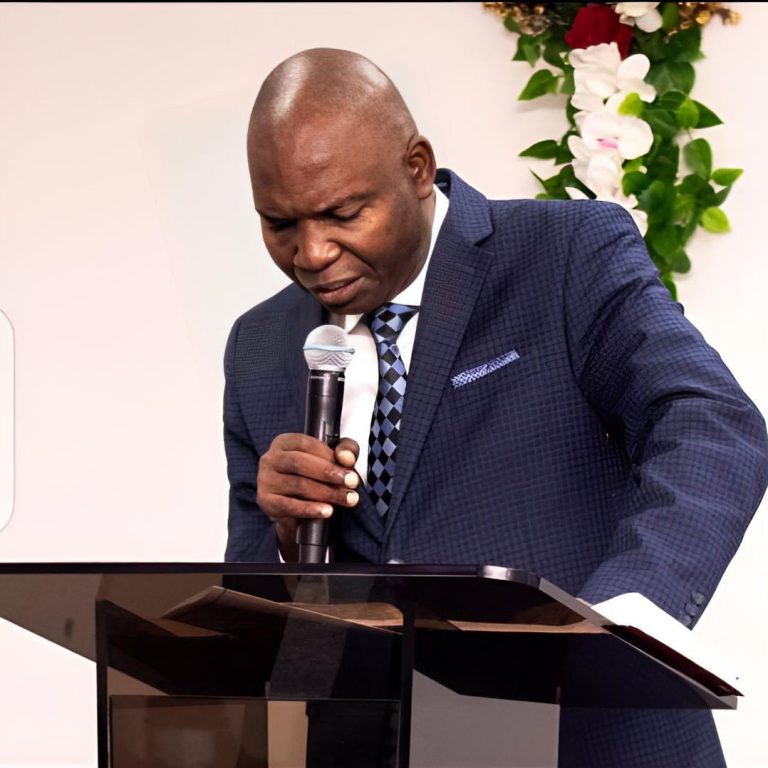As part of applying to universities in the United States and Canada and gaining admission, a good statement of purpose is essential. Creating a compelling statement of purpose can be challenging. Still, with the proper guidance, you can scale this hurdle and increase your odds of getting admitted into a prestigious university in the United States or Canada.
When writing a statement of purpose, one of the most crucial aspects is to choose your institution or program of interest, which will play a vital role in the whole process. In determining your institution or program of interest, consider the following:
- Why are you interested in the institution or the program?
- What makes the institution or program unique?
- Who are the faculty members in the program of interest?
- How is their work align with your program of interest?
Also, there are two types of institution
- R1 institutions- heavy on research and more funding opportunities
- R2 institutions – research-driven and have funds but way lesser than R1
Examples of R2 institutions are the University of Iowa in Iowa and the University of Florida in Florida. You can always read up on that, and if you have questions, type them on Google. What are R1 institutions in the United States?
PERSONAL STATEMENT VERSUS STATEMENT OF PURPOSE
The Personal Statement is concise; you will talk about your career goal and accomplishments, and you will put it together very concisely to ensure that you have the answer the interviewer is asking.
In a statement of purpose, you go into detail as to how you achieved some things and how you developed some qualities.
Why is this institution requesting a personal statement or a statement of purpose?
The admissions committee is interested in learning more about your academic objectives. They want to ensure you’re a good match for that particular program, not for the institution alone, but for the program you’re applying for. And the only document you’re providing that explains who you are, what you’ve achieved, and what you intend to achieve is that personal Statement. You can send in your GPA and your transcript, but this is just out of what you’ve done so far, and it doesn’t give them details about what or who you are or how you are doing.
- Are you worth our time and investment?
- What qualities or personality do you possess, which includes your writing abilities?
- The only document that provides details about you. You want to be genuine, truthful, and creative. You need to know your “why.”
- What do you bring to the table?
Now that you have known the importance and differences between a Statement of Purpose and a Personal statement, what next are the procedures for writing a good statement of purpose? They are;
INTRODUCTION
If you’re meeting someone for the first time, you want to make a good impression. The approach to having a solid introduction is diverse. Some program, as said earlier, asks you specific questions just like you have personal statements, while some will ask what are your academic expectations for this program.
Start with a compelling system in the active word. You can start your first sentence anyhow, but ensure it’s active. The sentence is in an active form, not a passive format. With this, the reviewer will be curious about the following sentence. They are already thinking, okay, what is this student about to say? It would help if you made them want to read this next sentence from the beginning, and it must always align with your program of interest. Be careful of using tragic stories that are not relevant or genuine. Sad stories become powerful if it’s a significant component of your “Why.” Don’t just put a story just because you want them to know that you have a bad experience. Make whatever it is that you’re saying simply. Make it easy to read.
THE BODY
The body of the Statement of purpose must include the following:
- Facts about the area of research you are interested in.
- For example, “Based on the 21st-century act…”,” According to US census population “
- Academic background
- Career goals
- Leadership qualities. How do you develop them? In what situation?
- Academic accomplishments
- Volunteer experience such as Internship, Student Union, Church, etc
YOUR STORY
Take pride in telling your story clearly and concisely. Tell them about your solid academic background with awards and publications and identify potential research gaps. Explain the unique professional experience that is relevant to the program. State your accomplishments and your weaknesses must be included as well.
TAILORING
Be patient with yourself. Commitment is the key.
Write your first draft and send it out for revision. First drafts usually need improvement. Send it out for review. Revise, proofread, revise, proofread over and over
In other to get funding. Try out R1 institutions because they have money and are research-driven. You can look for publications from these schools’ professors, then try to reach them by mail. While reaching out to them, make it concise, Introduce yourself, Tell them the mission of your email, and Ask direct questions. Don’t ask for funding in your first email unless you don’t have a choice
NUGGET
Your story, mission, area of research, career and academic goals, qualities from your lived experiences, and intellectual accomplishment makes a strong statement of purpose/ personal Statement
SUMMARY
This is the last phase of the Statement of purpose. This section aims to introduce yourself, explain your motivations, and summarize your undergraduate/graduate or professional experience (describe your research, accomplishments, and how your experiences have prepared you for your next step). Share information about exciting professional or research experiences aligned with the program of interest and professors working in that area and provide details regarding your academic/research interests. Ensure that it aligns with what faculty members are doing in their departments. Write a detailed, clear, and concise essay that is easy to read.













